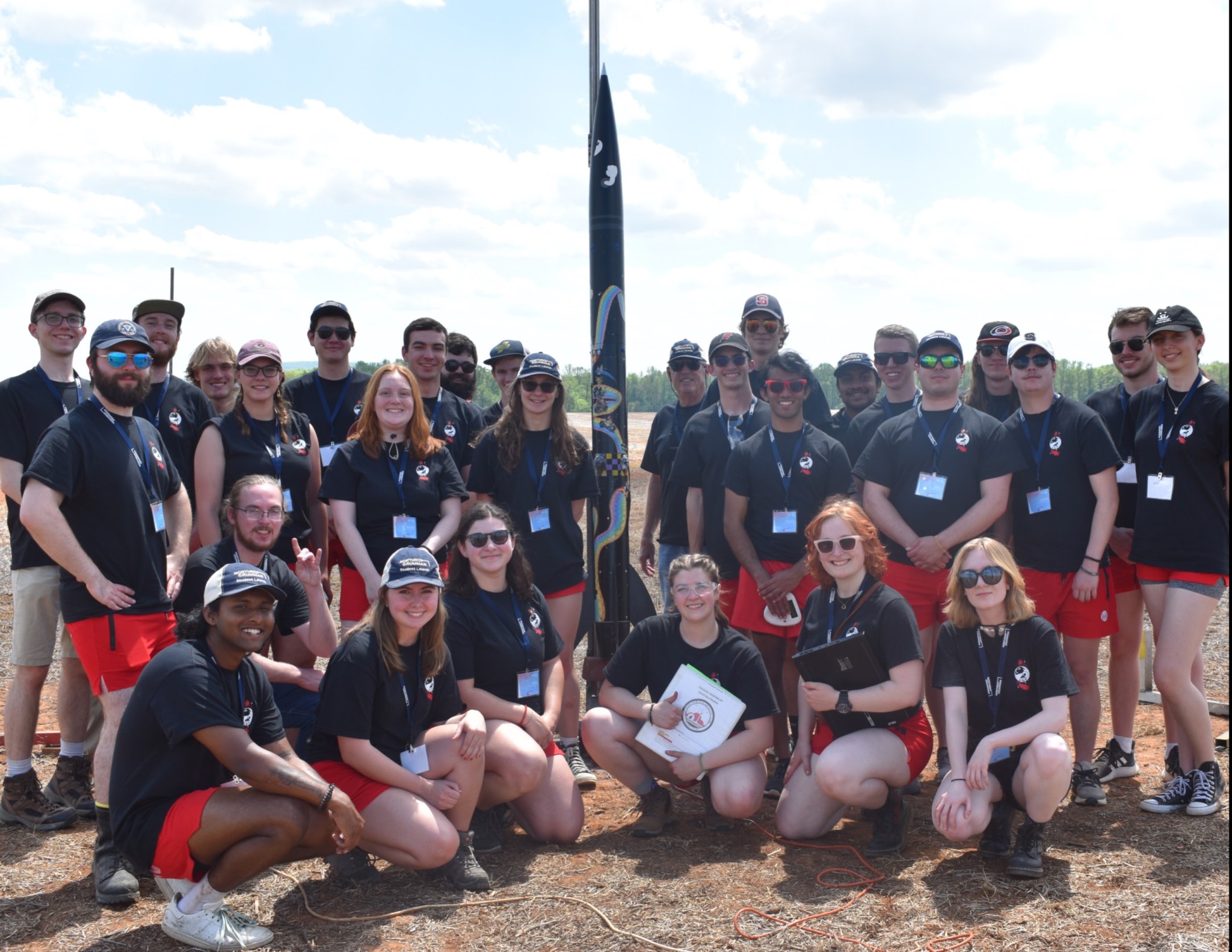3 min read

By Jessica Barnett
Sometimes, all it takes is a few years and the right people to completely change a person's career trajectory. One such example is Meredith Patterson, an aerospace engineer at NASA's Marshall Space Flight Center in Huntsville, Alabama, who went from knowing little to nothing about rockets to being part of the team that is working to put humans back on the Moon.
She credits her success in large part to NASA's Student Launch, which not only helped her uncover her passion for aerospace engineering but gave her the knowledge and experience she needed to get where she is today.
The annual Student Launch competition invites student teams from across the U.S. to spend nine months designing, building, and testing a high-powered rocket carrying a scientific or engineering payload. The hands-on, research-based engineering activity culminates each year in a final launch in Huntsville. This year's challenge conclusion is set for April 10-14, with the final launch date set for April 13 at Bragg Farms in Toney, Alabama.
While Student Launch is open to students as young as sixth grade, Patterson was in her junior year of high school when she learned about the competition during a tour of North Carolina State University.
"When I walked into the rocketry lab there, I knew then, however many years it was going to take, I wanted to be the person who was able to run that and help put together everything for us to be successful in Student Launch," Patterson said.

She attended North Carolina State for five years, participating in each year's Student Launch competition and leading the team to a fourth-place win during her final year. She received her Level I and Level II certifications from Tripoli Rocketry Association through Student Launch, and she was able to connect with mentors from Tripoli and the National Rocketry Association that helped her get the hands-on experience and technical know-how she believes are key to success in the aerospace industry.






